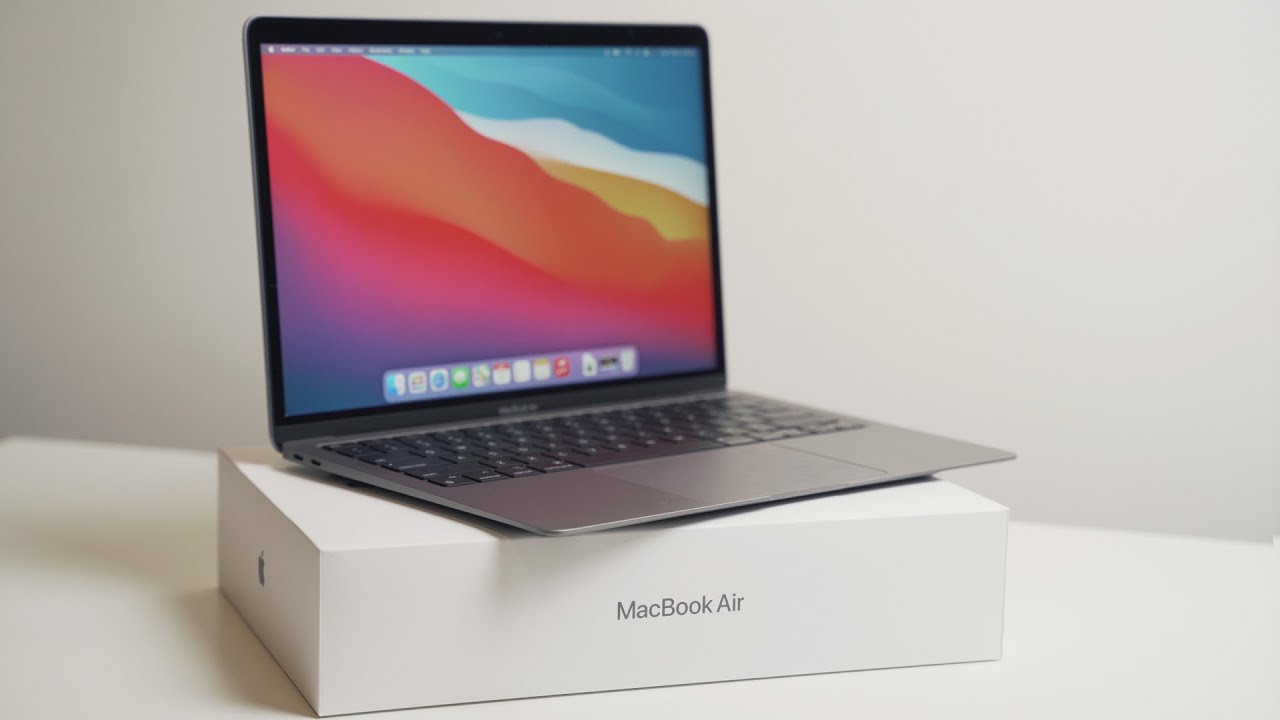



It supports over 40 programming languages (not only Python) and you can share those documents with others using Github, Dropbox, or email. It’s an open-source web application that allows us to share and create documents that have live code, visualizations, and narrative text. You can’t use Boot Camp to install Windows on an M1 or M2 MacBook or desktop Mac.In this post I’m going to list the steps to install jupyter notebooks in a Macbook Air M1. Boot Camp only works on Intel-based Macs. However, Boot Camp is not supported on M1 and M2 Macs with Apple Silicon. After all, both Intel Macs and PCs have the same hardware architecture. Windows runs on the Mac just as it would on a PC.

To switch between Windows and macOS, you have to reboot. RELATED: How the Mac Will Switch From Intel to Apple's Own ARM Chips Do M1 and M2 Macs Support Boot Camp?Īpple’s Intel Macs include a feature called “ Boot Camp” that lets you install Windows directly on your Mac. Those apps will run even faster after they’ve been updated to support Apple Silicon.īut what about apps that aren’t Mac apps? Apple There’s a bit of a slowdown due to the translation, but the M1 and M2 chips are so fast that they seem to perform just as well as they did on Intel Macs. Your existing Mac apps will run just fine even if they haven’t been upgraded to support Apple Silicon. (The M2 is the successor to the M1, and it’s in the same situation with regards to Windows applications.)Īpple built into a translation system named Rosetta 2, and it lets these new Macs run Mac applications designed for Intel Macs. This is a custom ARM chip that has more in common with the chips built into iPhones and iPads than the Intel CPUs found in existing Macs. Why the M1 and M2 Chips Are a Problem For Windows SoftwareĪpple’s M1 chip is the first Apple Silicon chip used in Macs.


 0 kommentar(er)
0 kommentar(er)
